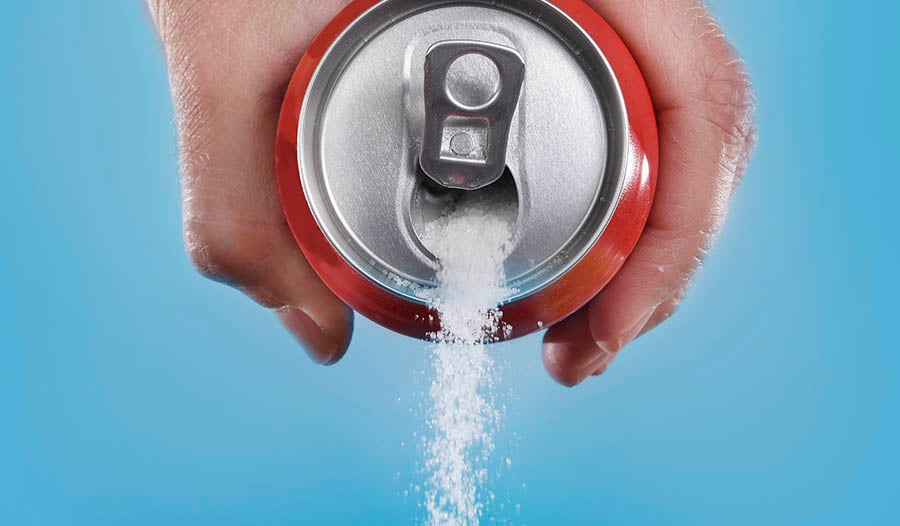Acne, Sugar, Dairy and Bad Fats
DISCLAIMER:This blog does not intend to provide diagnosis...

Acne is clearly associated with diet. Strongly linked to acne is a diet high in refined carbohydrates, dairy, and the wrong type of fats. In Westernized societies, acne is a nearly universal skin disease afflicting 79% to 95% of teenagers. In men and women older than 25 years, 40% to 54% still have some degree of facial acne. In contrast, acne is extremely rare in societies consuming healthful traditional diets.
Despite the now overwhelming scientific evidence linking diet and acne, many dermatologists still cling to the myth that diet has no impact on acne. They are wrong. It is now time for these doctors to apply the knowledge of nutrition with their patients by stressing the avoidance of the offending foods, especially refined carbohydrates.
Diet and Acne
Over the past few years, the role of diet in acne has been strengthened because of a deeper knowledge of the underlying disturbances in the skin that contribute to acne. While acne is related to the metabolism of testosterone, there is another cofactor that is extremely sensitive to diet. This hormone, insulin-like growth factor 1 (IGF-1), is the major growth hormone of puberty and is one of the key reasons why acne affects teenagers. The level of IGF-1 correlates with the severity of acne, not testosterone or increased conversion to the more powerful form dihydrotestosterone (DHT). The effects of IGF-1 on the skin which promote acne are clearly are related to dietary factors, especially too much refined sugar.
A high sugar intake is one of the strongest dietary links to acne. A high intake of sugar influences IGF-1 and testosterone metabolism in the skin in a manner that promotes excessive sebum production and acne. It clearly worsens the severity of acne based upon both experimental and clinical studies. In contrast, a diet that restricts refined carbohydrates and has a lower glycemic load reduces sebum production and favorably affects acne.
A number of other dietary factors have been identified as major contributors to acne. For example, milk and other dairy products are a significant problem for many acne sufferers. In addition to detrimental fats, dairy products contain hormones that can impact sebum production, as well as promotes an increase in IGF-1.
IGF-1 and BMI
To further evaluate the role of IGF-1 in acne researchers examined 60 acne cases and 40 gender- and age-matched, healthy subjects, representing the control group. Examination included skin biopsies.
Results showed that IGF-1 levels were higher in all acne lesions as compared to normal skin in all areas of the skin. Interestingly, there was also a significant association between a strong intensity of IGF-1 and high body mass index (BMI) values. Individuals with acne that had a BMI ≥ 30, a clear sign of obesity, had stronger IGF-1 intensity compared to those with a low (< 30) BMI value. In addition, dairy product intake was also strongly linked to acne severity.
The researchers concluded with “The significant association between strong IGF-1, high BMI, and severe acne underscores the value of dietary intervention in the management of AV.”
Nutrients for Skin
What this study really signified was that acne may be a sign of localized insulin resistance in the skin. That is why acne severity correlated with the degree of obesity. In the early 1940s some dermatologists began referring to acne as “skin diabetes.” The reasons were very interesting. Although results from oral glucose tolerance tests in acne patients showed no differences from controls in blood glucose measurements, when researchers looked at the levels of glucose within the skin through repetitive biopsies, it revealed that the acne patients’ skin glucose tolerance was significantly disturbed.
Here is my take: anything that leads to a transient increase in skin sugar levels can worsen acne. This obviously includes ingesting a high sugar beverage or meal, but can also include the effects of stress (cortisol); deficiency of nutrients necessary for proper utilization of insulin and glucose; and other factors that adversely affect blood sugar control (e.g., abdominal obesity).
In addition to eliminating sugar and dairy, another key factor that I have found to be important in many patients with acne is to eliminate foods high in salt (most salt is “iodized”; this means that it has iodine added to it). The reason is that many acne sufferers are extremely sensitive to too much iodine – and that can lead to acne lesions.
I also recommend eliminating fried foods and foods containing trans-fatty acids (milk, milk products, margarine, shortening and other synthetically hydrogenated vegetable oils). These fats should be avoided as they increase inflammation in sebaceous glands.
In regards to nutrients required in acne, zinc is absolutely critical and has been shown to produce fantastic results in many cases in double-blind studies. Dosage is 30-45 mg per day. Use a highly absorbable form such as zinc picolinate.
High-chromium yeast is known to improve glucose tolerance and enhance insulin sensitivity and has been reported in an uncontrolled study to induce rapid improvement in patients with acne. Other forms of chromium may offer similar benefits. Dosage 400 mcg per day.
Finally, I think it is entirely appropriate to refer to acne as “skin diabetes.” It drives home important points about the underlying cause and its treatment.
Reference:
Seleit I, Bakry OA, Abdou AG, Hashim A. Body mass index, selected dietary factors, and acne severity: are they related to in situ expression of insulin-like growth factor-1? Anal Quant Cytopathol Histpathol. 2014 Oct;36(5):267-78.

 By Dr. Michael Murray, N.D.
By Dr. Michael Murray, N.D. 


